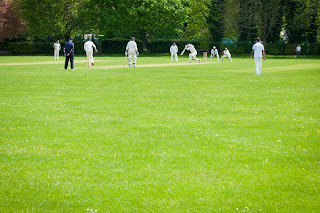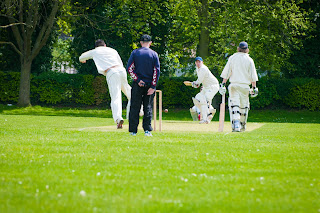This exercise shows how balance in our previous pictures was achieved by placing the main subject in the frame.
Most of our subject were placed off the centre of our photographs what made it easy to identify balance. In previous exercise we were placing object to a different positions in frame so we could see how balance or unbalance can make the picture look pleasant or unpleasant.
In this picture, the main point of interest is the larger house on top of the frame,
where the hanging items lead our attention towards it
where the hanging items lead our attention towards it
The balance was achieved by placing the focused area close to the side of the picture
The main object is placed little bit off the centre of frame
where the other object lead our sight towards it
where the other object lead our sight towards it
This picture looks very unbalanced and unpleasant because of all the misleading objects in the picture
Main subject is placed slightly off the centre of the frame. We could place it more to the left to make it more balanced
This object was carefully placed in the middle of frame which makes it look very static and boring













































